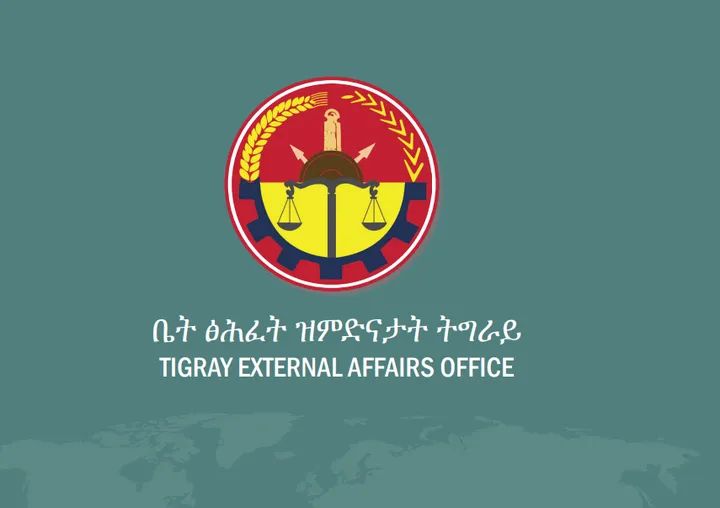
Critical Shortage of Life-saving Medical Supplies in Tigray
Source: Globe News Net
While the blockade of Tigray has created severe scarcity on all categories of basic necessities, it has had a particularly deleterious impact on the already overtaxed healthcare system in Tigray.
Hospitals and other healthcare facilities are dangerously low on some life-saving medicines and equipment, while they have run out of numerous life-saving medicines, potentially condemning thousands of people to otherwise preventable deaths.
Ayder Comprehensive Specialized Referral Hospital, the region’s flagship hospital located in Mekelle city, has run out of virtually all life-saving medicines. Because of this critical shortage of medical supplies, doctors at the Hospital have resorted to the dministration of expired medicines by checking toxicity levels and making case-by-case judgment calls as to whether providing patients with expired medicines might be better than exposing them to a certain death through inaction. While these valiant medical professionals are doing their level best to save lives, the healthcare crisis is beyond their capacity to handle.
At Ayder Referal Hospital alone, there are 1000 people with heart diseases that require regular medical checkups, while there are about 450 people with hypertension who require routine checkups. There are also 3900 people suffering from diabetics (3500 adults and 400 children), who require regular checkups.
Sadly, owing to the critical shortage of medical supplies, these patients are essentially condemned to otherwise preventable deaths. Just recently, 15 people with chronic Hepatitis B died because they could not get the medication they needed. Furthermore, Ayder cannot fix its broken oxygen plant because spare parts are not available in Tigray and must be brought from elsewhere. Obstruction by the federal government means that the Hospital cannot accomplish this simple task.
The problem facing Ayder Hospital is the tip of the iceberg as far as the healthcare crisis in Tigray is concerned. But the crisis at Ayder Hospital establishes a baseline by which to measure the magnitude of the crisis throughout the rest of Tigray. Because of telecommunications blackout, severe shortage of cash, and the paucity of fuel, the ability of the government and humanitarian partners to reach and serve most parts of Tigray is severely circumscribed. Even so, evidence of the devastating impact of the shortage of medicines abounds. For instance, according to a report by OCHA, in Selawa Wereda located in the Southern Zone of Tigray, five women died of postpartum bleeding because they lacked access to critical medical care. Such fatality figures provide a snapshot of the overall crisis, as actual figures are far greater than reported.

The humanitarian situation is getting worse by the day, as the siege has severely constrained the ability of humanitarian partners to provide healthcare coverage across Tigray. According to UN-OCHA, humanitarian partners are now serving 13 health facilities and 39 internally displaced people (IDPs) sites in 10 Weredas compared to 125 health facilities, IDPs sites, and hard-to-reach areas in 25 Weredas a month earlier.
Tigray External Affairs Office 12 October 2021
